How To Unclog A Toilet
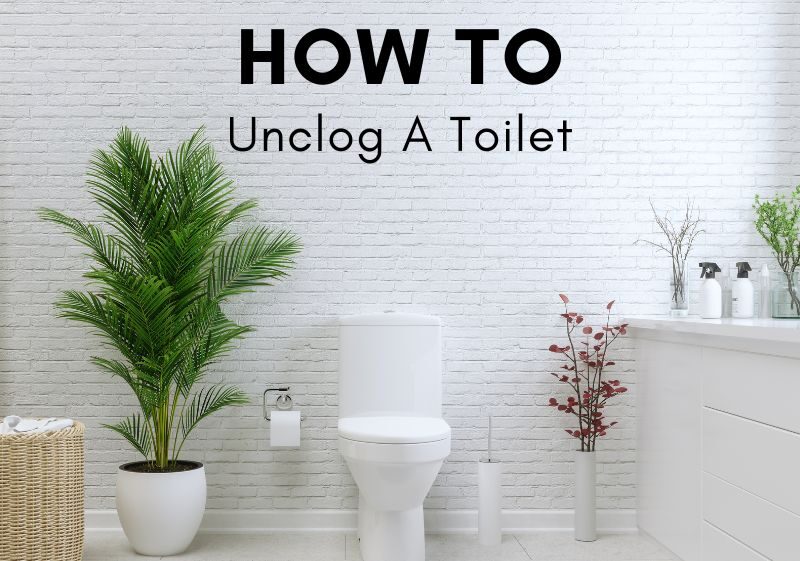
Do you need to unclog a toilet? It can be messy. With the right tools, knowledge, & techniques, you can unplug your toilet easily.
There is nothing worse than the sinking feeling you get when you realize your toilet is clogged and you have to act fast to avoid a huge mess. That’s why in this blog post, we are going to talk about how to unplug a toilet.
While some plugs are easy to remove with a plunger, you might not always have a plunger nearby. Plus, you might find yourself in a situation where you have a plunger, but it still isn’t working. Now, what do you do?
Let’s take a look at some different ways to unplug a toilet, both with a plunger and without.
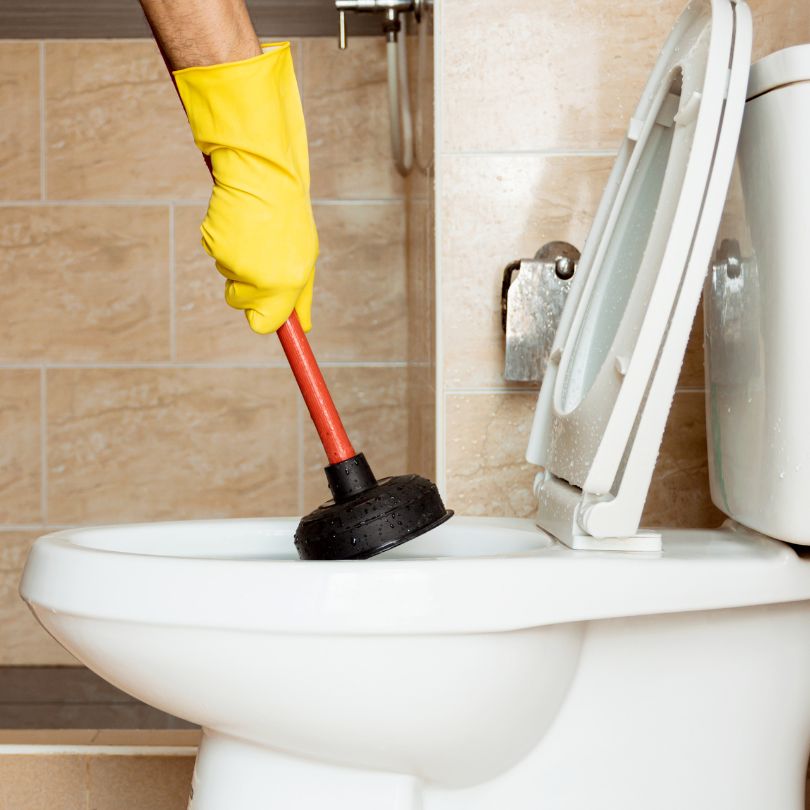
How To Unclog A Toilet With A Plunger
If you do have a plunger available, this is where you should start since this tool was made with this specific purpose in mind.
Grab All Of Your Supplies
Before you start plunging the toilet, you should have some additional supplies nearby including:
- towels
- rubber gloves
- a bucket
- a disposable or washable mop head (if you have one).
To be prepared for if/when this happens, I recommend keeping all of your cleaning supplies in one place in your home. That way you can grab what you need quickly as you will need to act fast when this happens.
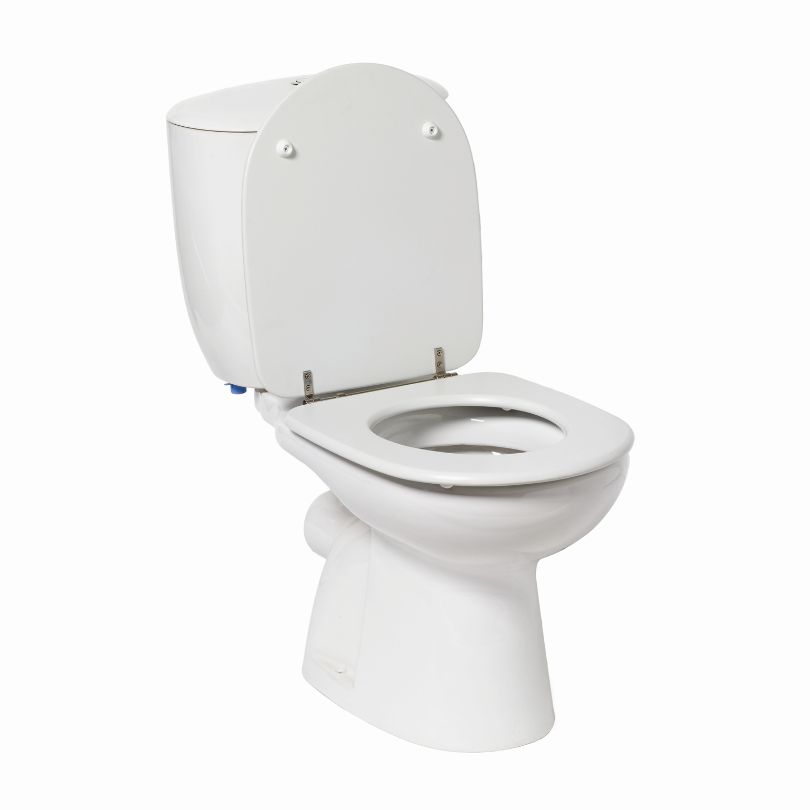
Plunge The Toilet
Once you have your supplies, put on your rubber gloves and prepare to plunge the toilet.
Here is the most effective way to use a plunger.
Step #1 – Make sure there is standing water in the toilet bowl. If there isn’t, add some water from the bucket.
Step #2 – Place the plunger over the hole in the bottom of the toilet bowl, making sure it creates a tight seal with no air gaps. Your plunger should be at a slight angle to achieve this.
Step #3 – Push up and down vigorously for several minutes with the plunger. (The faster you can do this, the better since the motion can help move the clog.)
Step #4 – When it starts to feel like your plunging is less effective, or if you hear a gurgling sound, stop plunging to do a flush test. If it flushes properly, then you are good to go. But if it doesn’t you might need to try again.
Clean Up
If you were successful in unclogging the toilet with your plunger, it is important to make sure the bathroom area is clean and dry. Start by using some rags or paper towels to wipe down any water that may have splattered on walls or floors during your plunging session. Then, use your mop to sanitize and dry the area.
If your toilet is flooded, you should also take steps to minimize the risk of water damage. Start by using a wet vacuum to suck up as much water as possible, then use fans and dehumidifiers to speed up the drying process.
What To Do If It Didn’t Work
If plunging the toilet didn’t resolve the problem, then there are a few other things you can try before calling in a professional.
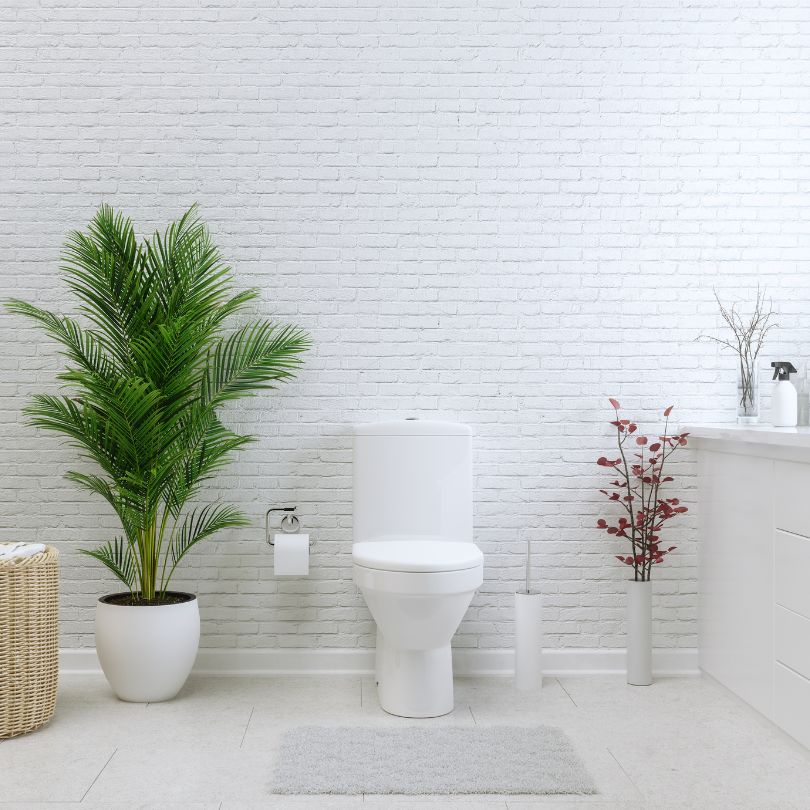
How To Unclog A Toilet Without A Plunger
Whether you don’t have a plunger handy, or if your attempts to plunge the toilet were unsuccessful, there are still some things you can try to unplug your toilet.
Method #1 – Dish Soap & Hot Water
Pour ¼ cup of dish soap into your toilet bowl, followed by around 4 cups of very hot water from a kettle or pot. (The water should be very hot, but not yet boiling.)
You will want to leave this in the toilet bowl for 10-15 minutes so that the clog can dissolve. Once the time is up, give the toilet bowl a flush to see if the clog has been removed.
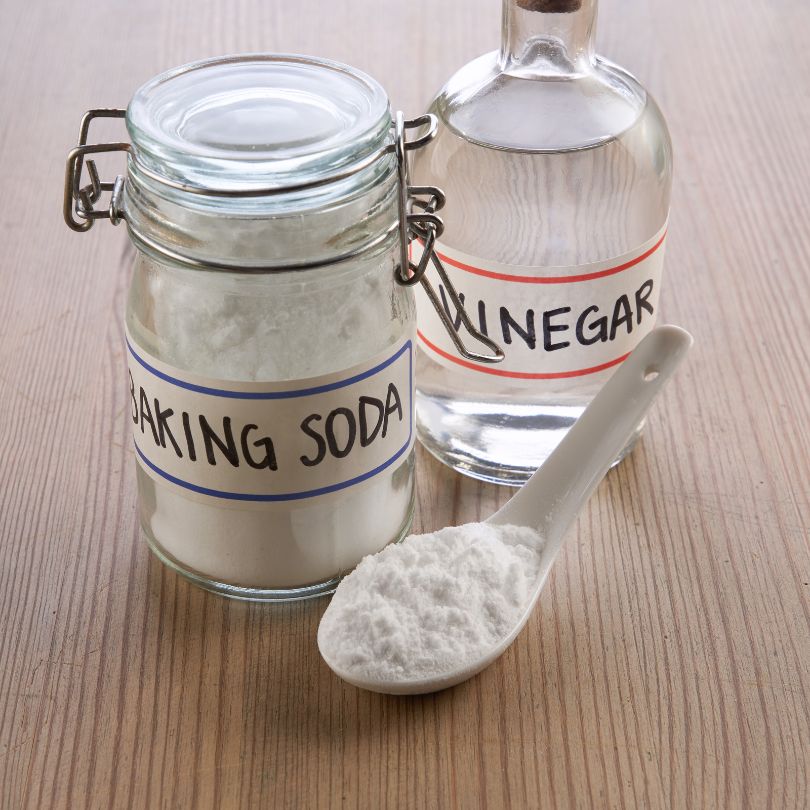
Method #2 – Baking Soda & Vinegar
Mix 1 cup of baking soda and 1 cup of vinegar in a large container, then pour the mixture into your toilet bowl. After that, use a broom handle or similar object to stir the mixture around in the bowl.
Again, you will want to leave this in the toilet bowl for 10-15 minutes so that the clog can dissolve. Then, flush the toilet to see if it was successful in removing the clog.
Method #3 – Toilet Auger
If the above methods don’t work, then it might be time to try a toilet auger. This is a long flexible cable with a crank handle on one end and an auger bit at the other end. The auger bit on the end has been designed to break up clogs.
Insert the auger into your toilet bowl and turn the handle until you feel resistance. This will let you know that the auger has reached the clog. Then, crank the handle in a clockwise motion to break up and remove the clog.
It is very important that you only use a toilet auger for this because a regular auger or drain snake is too thick and can cause damage to your toilet. Rest assured, you can find toilet augers at most hardware stores or online.
What NOT To Do
Toilets are delicate pieces of plumbing equipment and it’s important to take care when unplugging them. Here is a list of things you should never do when trying to unplug your toilet.
Never Use Drano or Other Chemical Drain Cleaners
While chemical drain cleaners are effective in your kitchen sink or bathtub drains, they can cause serious damage to your toilet. This is because the chemical reaction releases a lot of heat which can crack your toilet.
Drano can also be very damaging to your overall plumbing system.
Never Use a Regular Auger or Drain Snake
As we mentioned above, you should never use a regular auger or drain snake because they are too thick and can crack the porcelain of your toilet.
If you do need to use an auger, make sure you get one that is made specifically for toilets.

Hiring A Plumber
If none of the above methods work, it might be time to call in a professional. A plumber will have all the tools and expertise to unplug your toilet and get it back in working order.
If you do decide to hire a plumber, make sure you find one who is experienced and reputable. You can check reviews online, ask friends or family for recommendations, or contact your local plumbing association.
You must hire a reputable company because if they make a mistake, it could lead to costly repairs or worse, water damage to your home. But a reputable company will have the skills to do the job correctly and the means to pay for repairs if a mistake is made.
What Plumbing Repairs Are Covered Under A Home Warranty?
Did you know that some plumbing repairs for your home can be covered under a home warranty program? This includes toilets, faucets, certain plumbing leaks, and more.
So, if you have been weighing the pros and cons of getting a home warranty, this can be another pro that you add to the list.
Learn more about what is covered under our home warranty program.
Unplugging a toilet is not always an easy task and can often be messy. But with the right tools, knowledge, and techniques, you can unplug your toilet easily.
From plungers to baking soda and vinegar mixtures, there are plenty of things to try before calling in a professional plumber. And if all else fails, remember that some plumbing repairs for your home may even be covered under your Home Warranty program. So don’t hesitate to explore this option if need be!
With these tips on how to unplug a toilet handy, we hope you won’t have any problems getting it done effectively next time around.
Looking for more homeownership tips? These tips will help with electrical safety in your home.



